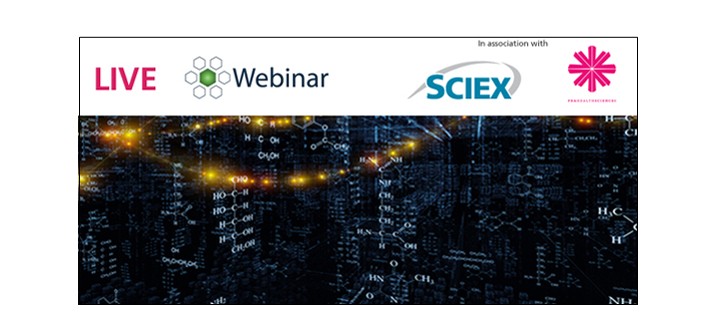Q&A follow up: High-resolution mass spectrometry for the quantification of biopharmaceuticals

Bioanalysis Zone hosted a free online webinar, ‘High resolution mass spectrometry for the quantification of biopharmaceuticals,’ featuring speaker Nico van der Merbel (PRA Health Sciences; NC, USA).
Following the webinar, our speaker took questions from the audience. Here are the responses the those questions that we didn’t have time for during the live event. Let us know your thoughts by commenting below this feature!
Did you miss this live webinar? View it on demand, here.
Does summing multiple ions increase signal over the noise in all cases?
Not necessarily, it really depends on the signal to noise ratio of the individual ions. The best approach is to experimentally check the gain in S/N for all possible combinations.
What approach do you take to optimize the collision energy for your signature peptide quantitation methods?
This is not different than for triple quad methods, since the first quadrupole and collision cell are typically the same in Q-TOF and triple quad systems.
What methods can be used to extract peptide from plasma?
The entire array of techniques as used for small molecules, notably solid-phase extraction. In addition, direct injection of a digest may be an option and extraction by immunocapture materials.
Can you elaborate on the optimal mass window for intact protein quant? If you used 0.5 Da mass window on QToF, how is it advantageous over the 0.7 Da mass window QQQ?
The optimal mass extraction window needs to be established case by case and will also depend on the amount of (interfering) protein still present in the sample upon injection. Theoretically, a 0.5 Da window will not differ a lot from the 0.7 Da window in a triple quad. Still, in our example we had a better selectivity with HRMS.
Is the ion ratio tolerance (30%) for the QQQ and Q-TOP the same or different? Would you please explain?
I believe ion ratio tolerances are not widely used in regulated bioanalysis, I have no own experience.
